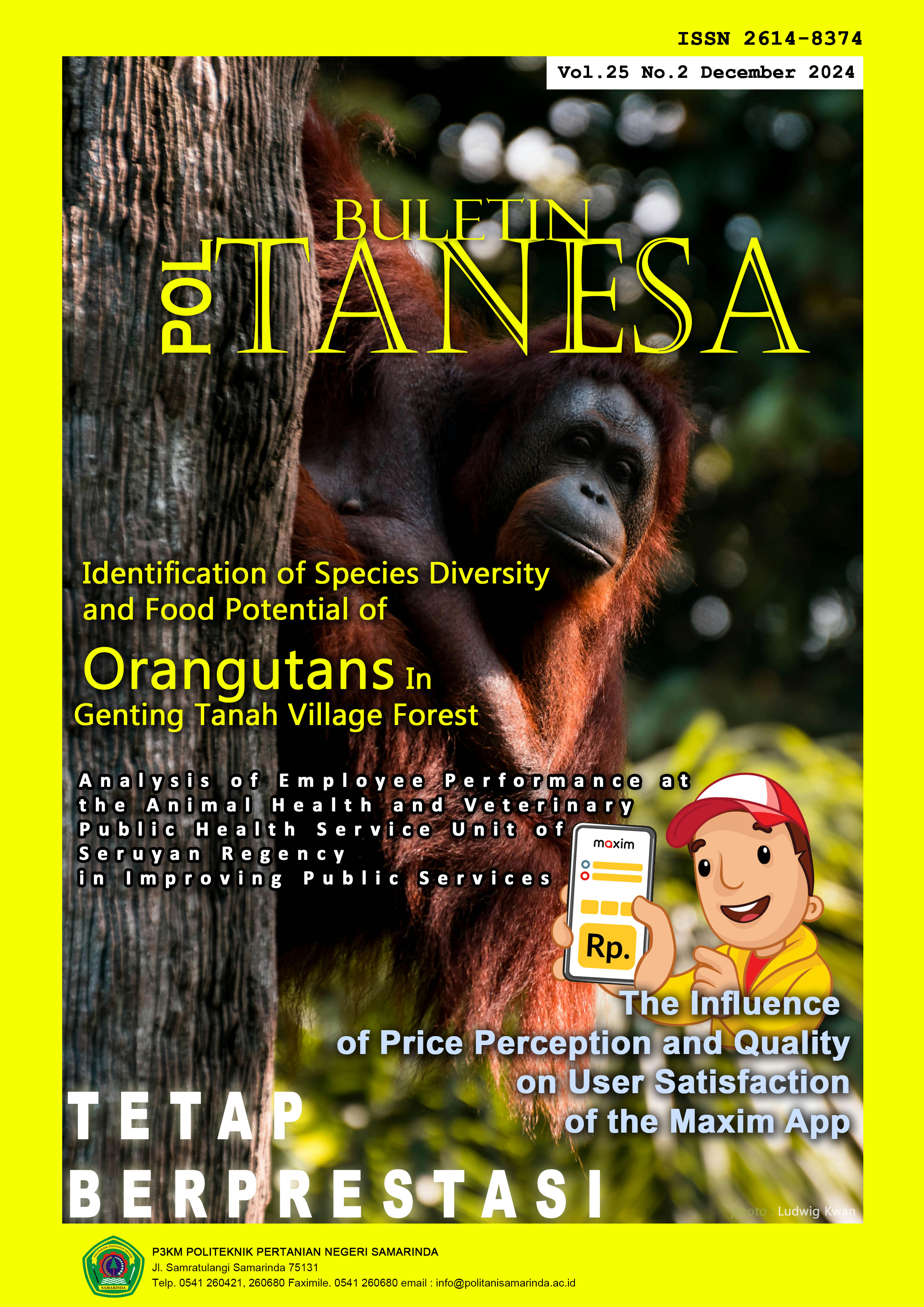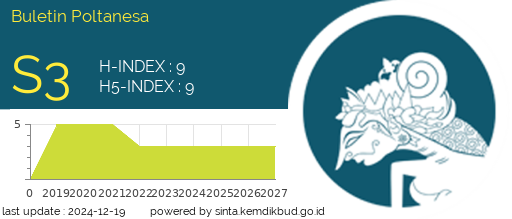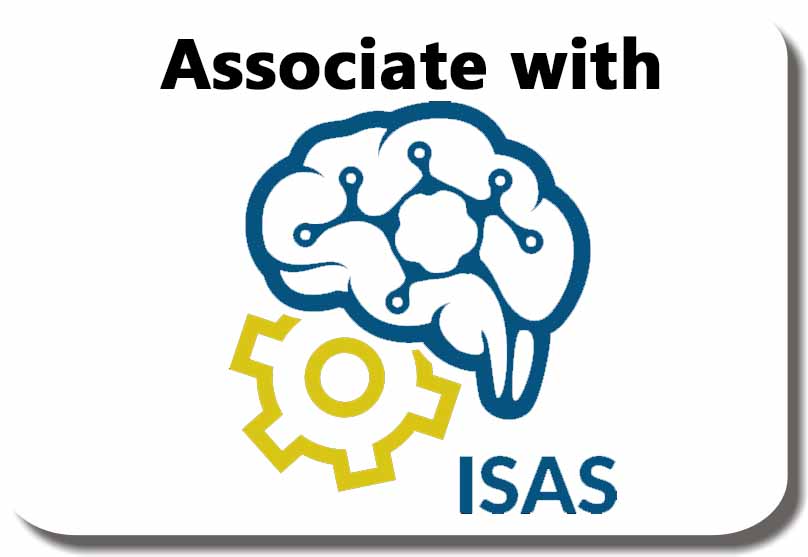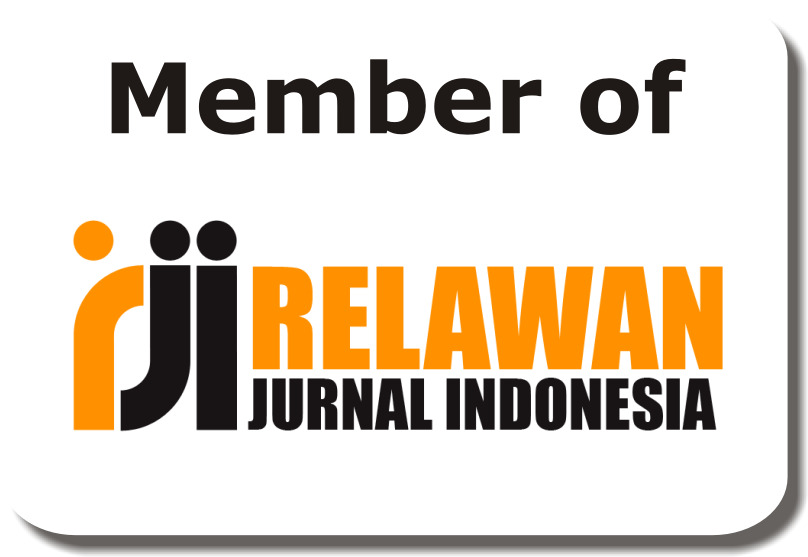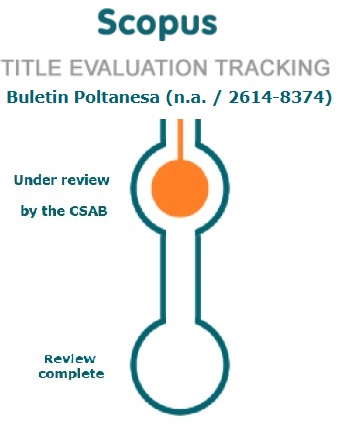Organoleptic and Physicochemical Profile Comparison of Cow Milk Yogurt and 'Eggurt' Made from Different Egg Whites
DOI:
https://doi.org/10.51967/tanesa.v25i2.3180Keywords:
yogurt alternative, egg yogurt, egg white, organoleptic testing, sensory evaluation, physicochemical propertiesAbstract
Yogurt is a widely consumed fermented dairy product known for its distinctive flavor, nutritional value, and health benefits. To expand its nutritional profile and enhance textural qualities, this study explores the use of egg whites as an alternative ingredient in yogurt production. The research compares the sensory and physicochemical properties of traditional milk yogurt with "eggurt" a yogurt variant made using different egg white sources: free-range chicken, caged chicken, and duck eggs. Four samples were prepared, including one control (milk yogurt) and three “eggurt” variants. Sensory quality was evaluated through organoleptic testing using a structured Likert scale to assess attributes such as color, surface gloss, aroma, mouthfeel, and flavor. Physicochemical analysis included moisture content, total dissolved solids, viscosity, ash content, and acidity measurements. Results showed that free-range “eggurt” was most like milk yogurt in terms of texture and flavor, displaying balanced viscosity and minimal surface liquid separation. In contrast, caged “eggurt” exhibited increased surface liquid, higher ash content, and stronger acidity, while duck eggurt was noted for its excessive thickness, very high viscosity, and pronounced acidity. These textural and compositional differences, despite the higher production costs, suggest that free-range “eggurt” is the most promising alternative, offering a comparable sensory experience to traditional yogurt while enhancing texture and overall quality.
References
Aryana, K. J., & Olson, D. W. (2017). A 100-Year Review: Yogurt and other cultured dairy products. Journal of Dairy Science, 100(12), 9987–10013. https://doi.org/https://doi.org/10.3168/jds.2017-12981
Badan Standardisasi Nasional. (1992). Cara uji makanan minuman. In Standar Nasional Indonesia. Badan Standardisasi Nasional.
Barukčić, I., Filipan, K., Lisak Jakopović, K., Božanić, R., Blažić, M., & Repajić, M. (2022). The Potential of Olive Leaf Extract as a Functional Ingredient in Yoghurt Production: The Effects on Fermentation, Rheology, Sensory, and Antioxidant Properties of Cow Milk Yoghurt. Foods, 11(5), 701. https://doi.org/10.3390/foods11050701
Chaiyasit, W., Brannan, R. G., Charoensuk, D., & Chanasattru, W. (2019). Comparison of Physicochemical and Functional Properties of Chicken and Duck Egg Albumens. Brazilian Journal of Poultry Science, 21. https://doi.org/10.1590/1806-9061-2017-0705
Cui-hua, C., Xin-nuo Hu, & Yan-jun Yang. (2023). Effect of egg white protein particle on physical properties of low-fat yogurt as filler. Food and Fermentation Industries, 49(5), 178–184.
Direktorat Ketersediaan Pangan. (2024). NFA Proyeksikan Ketersediaan Daging Ayam Ras dan Telur Ayam Ras Surplus Hingga Akhir Tahun 2024. Badan Pangan Nasional.
Direktorat Jenderal Peternakan dan Kesehatan Hewan, K. (2023). Produksi Telur Ayam Petelur menurut Provinsi (Ton), 2021-2023. Direktorat Jenderal Peternakan Dan Kesehatan Hewan, Kementan.
Djilali, B., Ahmed, H., Zouaoui, B., El, O., Ibri, K., Belkhodja, H., & Bachir, R. (2021). Effect of the addition of egg white on the microbiological, physicochemical and sensory quality of steamed yogurt during fermentation and cold storage. Acta Agriculturae Serbica, 26, 3–10. https://doi.org/10.5937/AASer2151003D
Gogo, L. (2012). Effect of Egg White Utilization on the Physico-Chemical and Sensory Attributes of Protein-rich Yoghurt. International Journal of Food Studies, 1, 52–60. https://doi.org/10.7455/ijfs/1.1.2012.a6
Indratiningsih, Nurliyani, N., Rihastuti, Wahyuni, E., & Hadisaputro, W. (2011). Quality of Dried Eggurt Produced from A Mixture of Milk and Various Grains. 0, 35, 107–112.
Ko, Y. T. (1995). The Effects of Egg White Powder Addition on Acid Production by Lactic Acid Bacteria and Quality of Curd Yogurt. Korean Journal of Food Science and Technology, 27(4), 458–463.
Lyu, S., Yang, Q., Duan, X., Liu, J., Yu, Y., Pan, F., & Zhang, T. (2023). Impact of different cooling times during post-maturation on physicochemical and texture properties of fermented egg-milk beverage. Food Bioscience, 54, 102906. https://doi.org/10.1016/j.fbio.2023.102906
Mohammadi-Gouraji, E., Soleimanian-Zad, S., & Ghiaci, M. (2019). Phycocyanin-enriched yogurt and its antibacterial and physicochemical properties during 21 days of storage. LWT, 102, 230–236. https://doi.org/https://doi.org/10.1016/j.lwt.2018.09.057
Ozturkoglu-Budak, S., Akal, C., & Yetisemiyen, A. (2016). Effect of dried nut fortification on functional, physicochemical, textural, and microbiological properties of yogurt. Journal of Dairy Science, 99(11), 8511–8523. https://doi.org/https://doi.org/10.3168/jds.2016-11217
Qiu, L., Zhang, M., Mujumdar, A., & Chang, L. (2021). Effect of edible rose (Rosa rugosa cv. Plena) flower extract addition on the physicochemical, rheological, functional and sensory properties of set-type yogurt. Food Bioscience, 43, 101249. https://doi.org/10.1016/j.fbio.2021.101249
Sidira, M., Santarmaki, V., Kiourtzidis, M., Argyri, A., Papadopoulou, O., Chorianopoulos, N., Tassou, C., Kaloutsas, S., Galanis, Α., & Kourkoutas, Y. (2017). Evaluation of immobilized Lactobacillus plantarum 2035 on whey protein as adjunct probiotic culture in yoghurt production. LWT - Food Science and Technology, 75. https://doi.org/10.1016/j.lwt.2016.08.026
Sulistyowati, E., Malinda, M. E., Afrianti, W., Suherman, D., Soetrisno, E., Suharyanto, S., Badarina, I., & Akbarillah, T. (2024). Sensory Profile, Total Plate Count and Production Cost of Yogurt Made from Dairy Goat Milk Added with Ananas comosus and Cucumis melo Fruits. Agritropica : Journal of Agricultural Sciences, 7(1), 34–38. https://doi.org/10.31186/j.agritropica.7.1.34-38
Yang, L., Wang, L., Chi, Y., & Chi, Y. (2024). Effect of Whole Egg Liquid on Physicochemical, Quality, Fermentation and Sensory Characteristics of Yogurt. Foods, 13, 321. https://doi.org/10.3390/foods13020321
Zang, J., Pan, X., Zhang, Y., Tu, Y., Xu, H., Tang, D., Zhang, Q., Chen, J., & Yin, Z. (2023). Mechanistic insights into gel formation of egg-based yoghurt: The dynamic changes in physicochemical properties, microstructure, and intermolecular interactions during fermentation. Food Research International, 172, 113097. https://doi.org/10.1016/j.foodres.2023.113097
Zhang, J., Pan, X., Wu, Y., Chen, Y., Tu, Y., Chen, J., Tang, D., & Yin, Z. (2023). Set yoghurt processing with eggs as milk replacements, and improvement of texture, rheology, and microstructure by formulation design and optimisation. International Food Research Journal, 30, 1528–1539. https://doi.org/10.47836/ifrj.30.6.15
Zhang, Y., Kim, J., & Song, K.-Y. (2024). Effects of soybean residue addition on yogurt quality: physicochemical, functional, and sensory properties. Progress in Nutrition, 26(1), e2024005.
Downloads
Published
How to Cite
Issue
Section
License
Copyright (c) 2024 Buletin Poltanesa

This work is licensed under a Creative Commons Attribution-ShareAlike 4.0 International License.
The copyright of this article is transferred to Buletin Poltanesa and Politeknik Pertanian Negeri Samarinda, when the article is accepted for publication. the authors transfer all and all rights into and to paper including but not limited to all copyrights in the Buletin Poltanesa. The author represents and warrants that the original is the original and that he/she is the author of this paper unless the material is clearly identified as the original source, with notification of the permission of the copyright owner if necessary.
A Copyright permission is obtained for material published elsewhere and who require permission for this reproduction. Furthermore, I / We hereby transfer the unlimited publication rights of the above paper to Poltanesa. Copyright transfer includes exclusive rights to reproduce and distribute articles, including reprints, translations, photographic reproductions, microforms, electronic forms (offline, online), or other similar reproductions.
The author's mark is appropriate for and accepts responsibility for releasing this material on behalf of any and all coauthor. This Agreement shall be signed by at least one author who has obtained the consent of the co-author (s) if applicable. After the submission of this agreement is signed by the author concerned, the amendment of the author or in the order of the author listed shall not be accepted.

